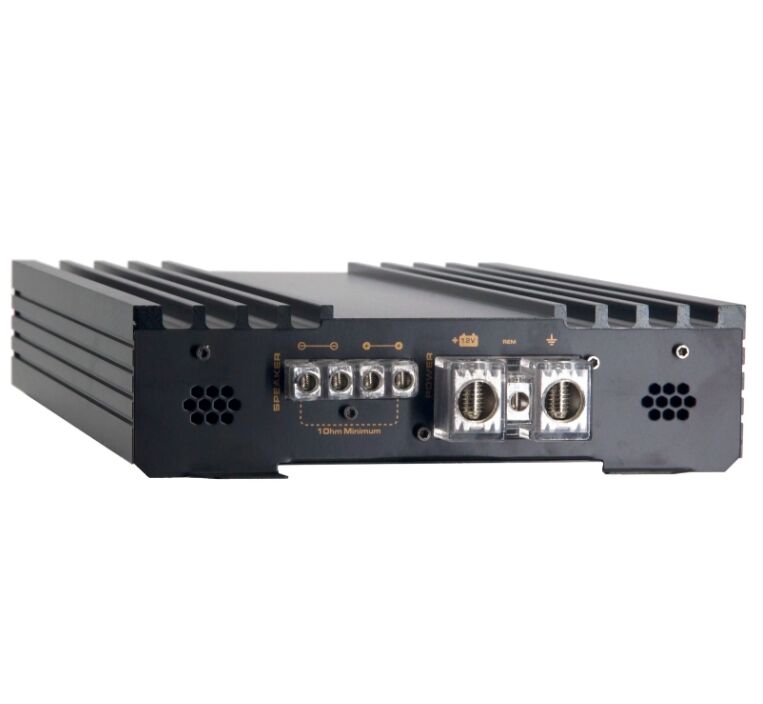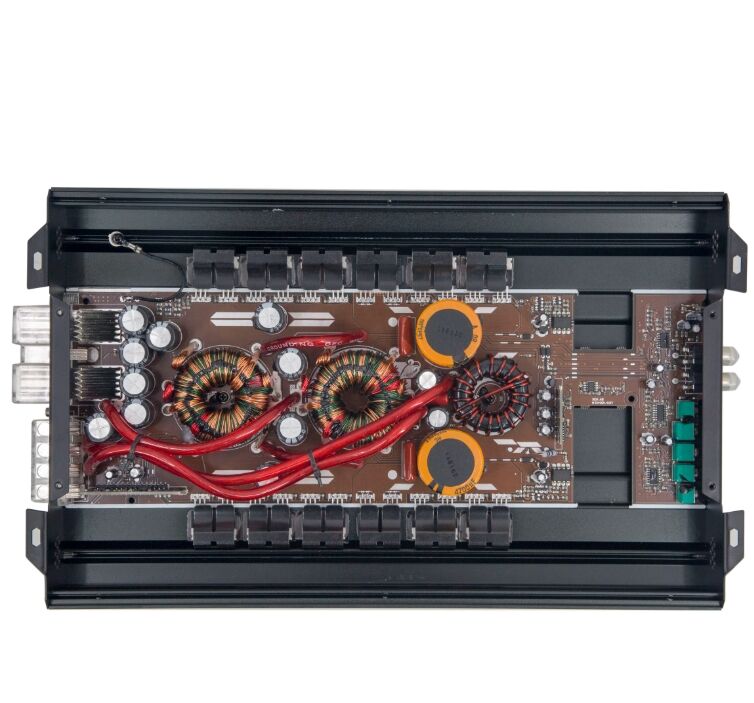A noisefree car amplifier is designed to eliminate or significantly reduce unwanted electrical interference and background noise, ensuring that the audio signal remains pure and undistorted. In automotive environments, sources of noise are abundant, including alternator whine, engine vibrations, radio frequency interference (RFI), and electromagnetic interference (EMI) from other vehicle electronics. These noises can manifest as hissing, humming, popping, or static, detracting from the listening experience. To achieve noise free performance, these amplifiers incorporate advanced shielding techniques, such as metal enclosures and copper shielding around sensitive circuitry, to block external electromagnetic fields. They also feature high quality power supply components, including low noise capacitors and inductors, which filter out ripple and noise from the vehicle’s 12V electrical system. Many noisefree amplifiers use balanced input circuits that cancel out common mode noise, where interference affects both the signal and ground lines equally. Additionally, they may include noise reduction circuits, such as notch filters to target specific frequencies like alternator whine (typically around 120 Hz), and ground loop isolators to eliminate hum caused by differences in ground potential between components. The result is an amplifier that produces silence when no audio signal is present and delivers clear, unadulterated sound during playback. This is particularly important in quiet listening moments, such as between songs or during soft musical passages, where even minor noise becomes noticeable. A noisefree car amplifier ensures that the focus remains solely on the music, creating a more immersive and enjoyable audio experience in any driving condition.


